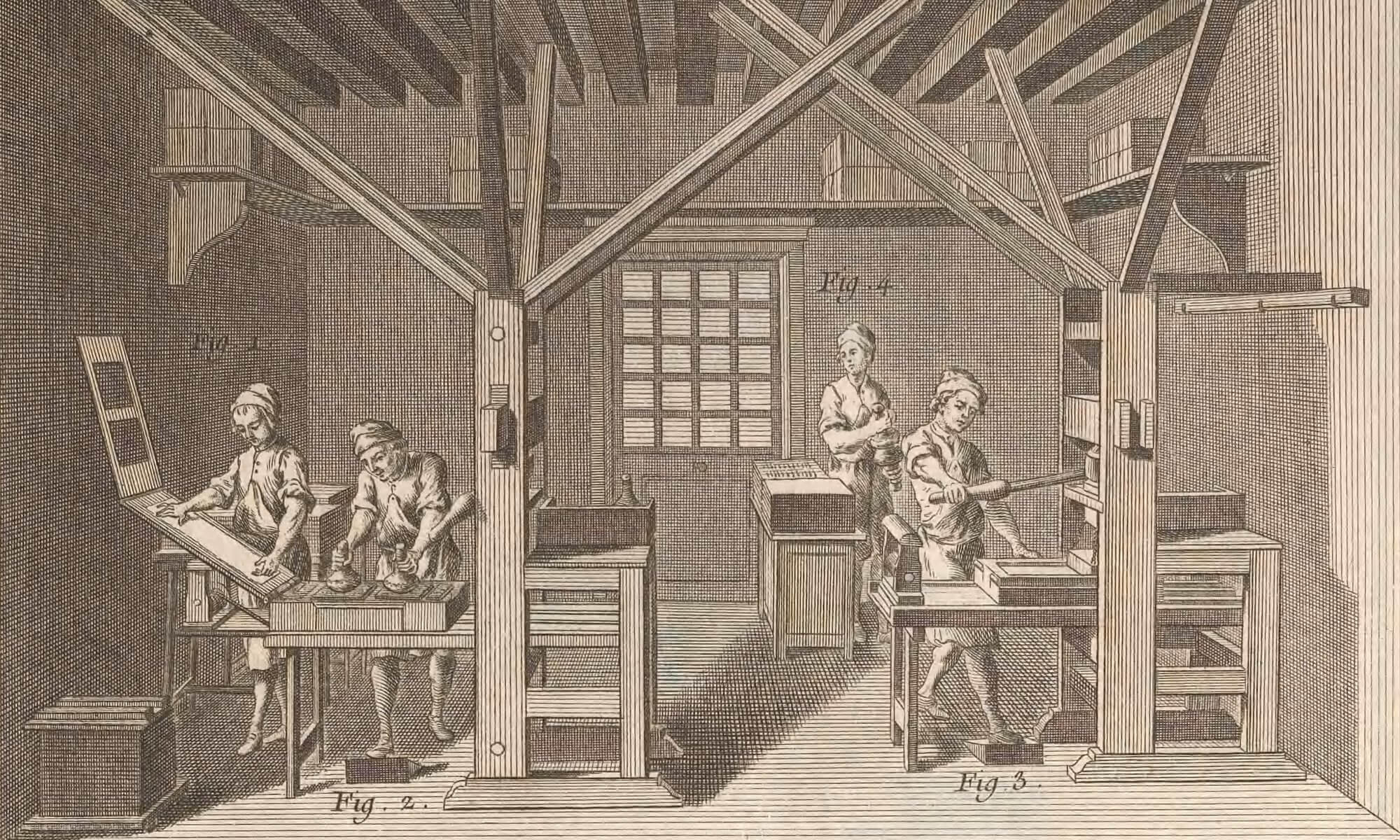Bible, Church Slavic, 1581 (fol. 1r)
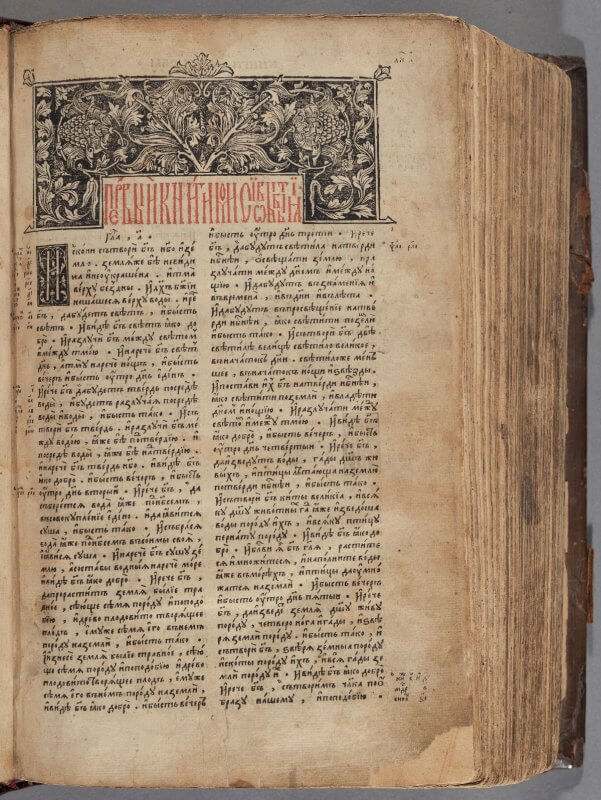
Bible, English, 1611 (A1r)
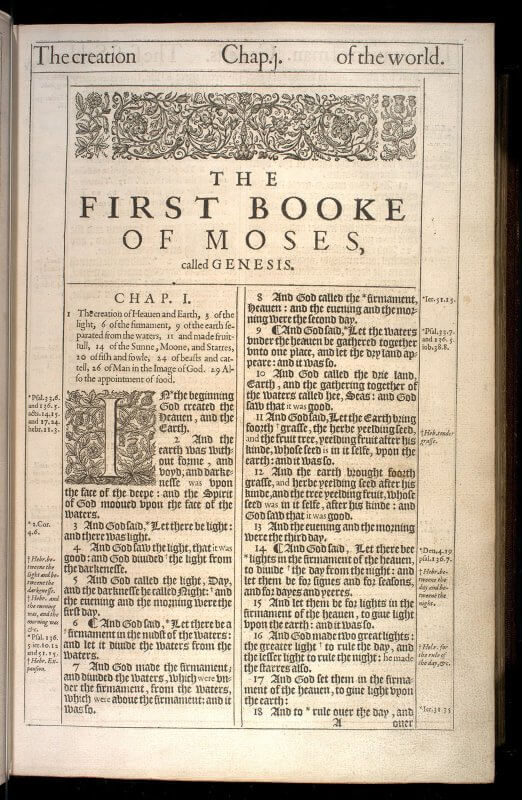
Bible, Massachuset, 1663 (A1r)
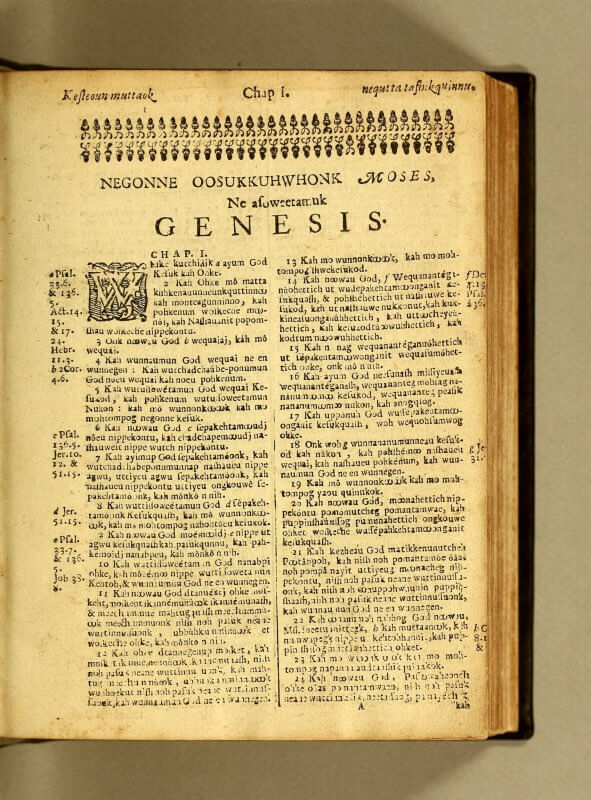
Cato, Moral distichs, 1735 (A1v-A2r)

Dowland, Songes, 1597 (π2r)
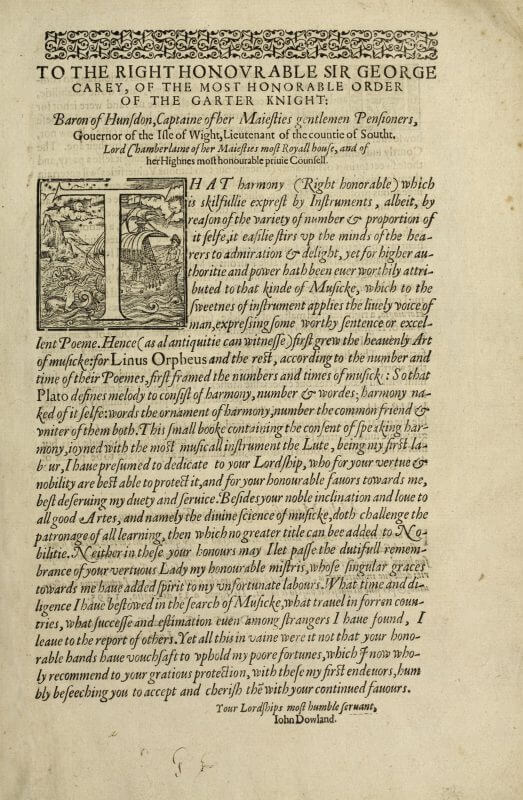
James I, By the King, 1611

Kats, Ma’aseh Toviyah, 1708 (8.4r)
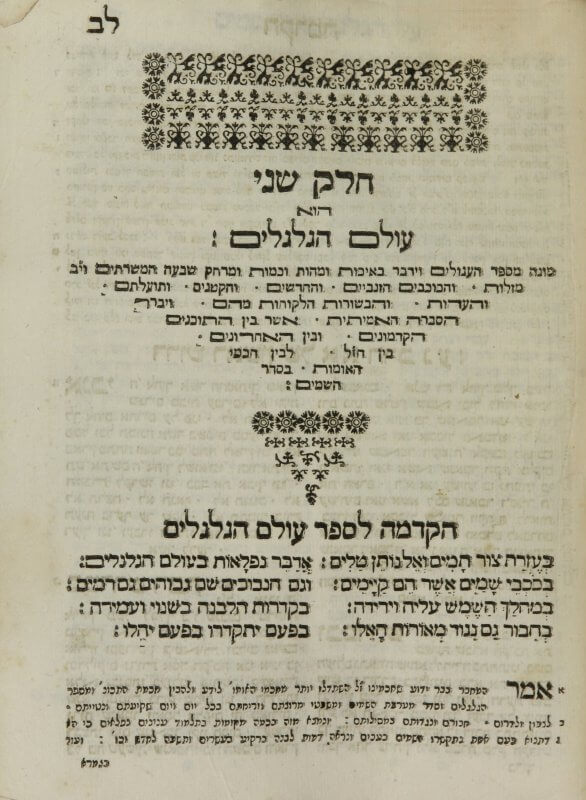
Keimer, Elegy, 1723 (1r)
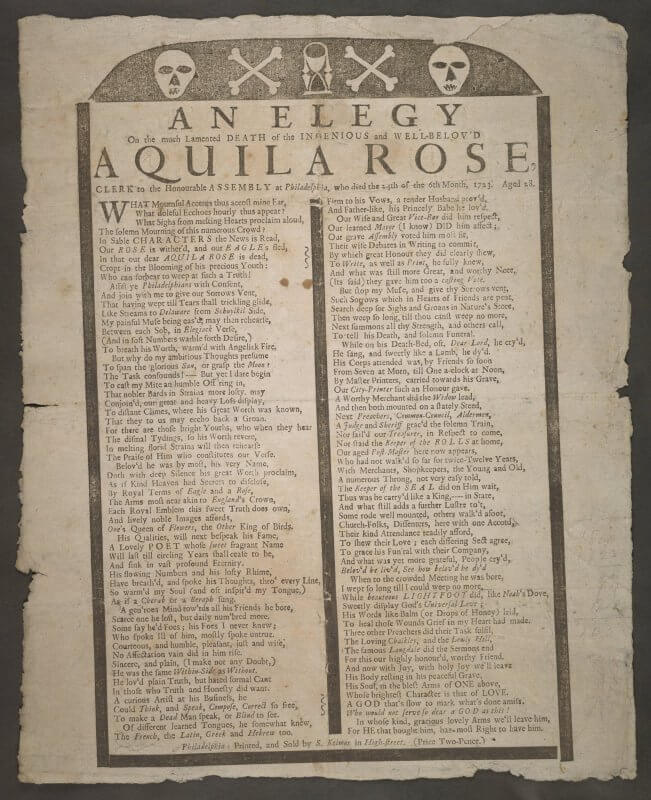
Shakespeare, First Folio, 1623 (nn4v)

Vincent, Discouerie, 1622 (¶2r)

